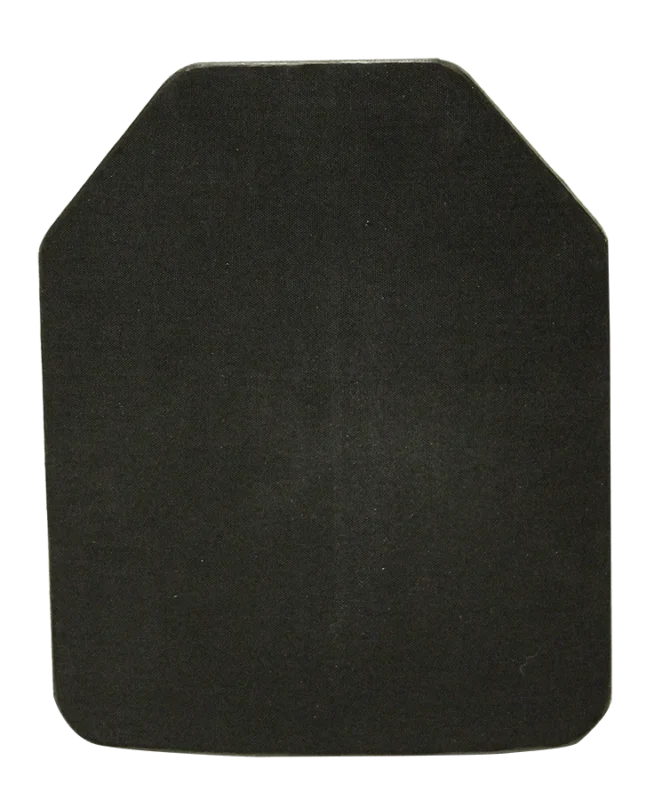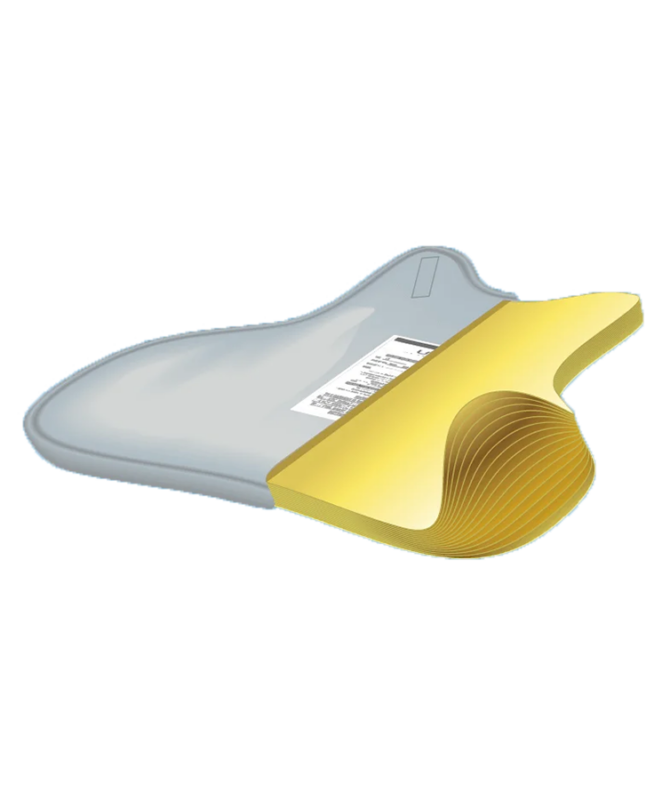Tactical Vest vs Body Armor: What’s the Difference and Which Should You Choose?

When you’re sizing up the options between a tactical vest vs body armor, chances are you’re doing your homework to make an informed decision—and we’re here to help. Choosing the right gear can mean the difference between optimal performance and unnecessary compromise in the field.
In this tactical gear guide, we’ll walk through everything you need to know: what makes a tactical vest different from body armor, why you might choose one over the other, and what to look for if you’re after the best tactical vest for security. We’ll also share some insider-level advice that doesn’t come up in everyday buying guides.
What’s the Difference Between a Tactical Vest and Body Armor?
Tactical Vest Basics
A tactical vest is all about carrying your gear efficiently—think tools, pouches, magazines, radios, medical kits, restraints, and even hydration systems. It’s a platform designed for speed, organization, and adaptability. The beauty of a tactical vest lies in its modularity—MOLLE webbing or laser-cut panels let you configure your loadout exactly how you want it, so the gear you rely on most is always within reach.
Whether you’re securing an event, serving in civilian security, or operating in a high-mobility environment, a good tactical vest gives you hands-free access to everything you need without slowing you down. The right vest should feel like an extension of your body—not something you’re fighting against. Adjustable shoulder straps, breathable mesh panels, and quick-release buckles can make a long shift more manageable.
Body Armor Essentials
On the flip side, body armor—or more precisely, bullet resistant gear—is all about keeping you safe from ballistic threats, edged weapons, or even blunt force impacts. While a tactical vest is built for carrying gear, body armor is built for stopping threats, and every feature is engineered with protection in mind.
Performance is measured using the NIJ (National Institute of Justice) standards, which classify armor based on the types of rounds it can stop:
- Soft Armor (Level II, Level IIIA) is flexible and lightweight, making it ideal for stopping most common handgun rounds while allowing for comfortable movement.
- Hard Armor (Level III, Level IV) uses rigid plates—often ceramic, steel, or composite materials—to stop high-velocity rifle-caliber rounds.
The trade-off? More protection typically means more weight and bulk. That’s why operators must balance mobility versus survivability based on the specific mission or threat environment. In other words, the heaviest armor isn’t always the best choice—sometimes the smartest option is the armor you can actually move, work, and breathe in for extended periods.
Body armor can also include features like side plate coverage, trauma pads to reduce blunt force injuries, and plate curvature to better conform to the body for comfort. At U.S. Armor, models like the Enforcer 6000 Series Model 6316M provide a sweet spot for handgun threat protection with minimal weight, while our Model 26605 offers maximum rifle protection for extreme risk scenarios.
Pro tip: Always consider the coverage area in addition to the NIJ rating. A high-level plate that covers only your vital organs may not be as useful in some situations as a slightly lighter option that offers more wraparound protection.
Insider Insight: Why the Distinction Matters
Here’s something not everyone will tell you—especially if they’ve only worn this gear for a few minutes in a showroom instead of hours in the field:
- Hybrid systems exist, and they’re a game-changer. These are vests designed for modularity, able to accept armor inserts so you can go from a pure load-bearing tactical vest to a full ballistic carrier in minutes. This flexibility means you can tailor your setup based on mission changes. For example, during routine security work, you might run the vest light with just your comms, first aid, and restraints. But if the risk level spikes, you can slide in your NIJ-rated plates and be mission-ready without swapping to a different rig entirely.
- Ergonomics matter more than you think. The way weight is distributed across your shoulders, chest, and back will directly affect fatigue, mobility, and even situational awareness. Even the best tactical vest will feel like a burden if your load isn’t balanced. Heavy pouches hanging too low can pull your body forward, straining your lower back, while an unbalanced left/right setup can cause shoulder pain and affect your shooting stance. A well-designed vest should let you maintain an upright posture, even fully loaded.
- Plate carrier cut and curvature is another detail that often goes unnoticed until you’ve been wearing it for 8–12 hours straight. For instance, a shooter cut plate gives you more arm and shoulder movement, which is essential for aiming or operating tools. A SAPI cut offers more coverage but can limit range of motion for some operators. Curved plates also contour to your torso better, reducing hotspots and pressure points, especially when you’re seated in a vehicle or crouching for extended periods.
When testing gear, don’t just stand in front of a mirror—move in it. Kneel, crouch, draw, shoulder your rifle, and walk a few hundred yards. How it feels under motion will tell you far more than how it looks.
Best Tactical Vest for Security: What It Is and When to Use It
What It Is
A tactical vest is a rugged load-bearing system. Most of our platforms at U.S. Armor—such as the Lightweight Tactical Vest G2—are designed to offer superb functionality without getting in your way US Armor. These systems let you carry essentials like comms, medical kits, mag pouches, and more.
When It’s the Best Choice
- For security professionals needing freedom of movement to patrol, observe, or de-escalate situations.
- When you want to be lean and mobile, especially in environments where overt ballistic protection isn’t required.
- Even better when paired with concealment options or built-in flexibility for upgrades.
Check the weight distribution. Packing heavier items toward the center spine and upper torso reduces fatigue during long hours.
High Mobility Tactical Vest (HMTV 500)
Lightweight Tactical Vest G2
MSTV 700 – Mission Specific Tactical Vest
MSTV G2 – Mission Specific Tactical Vest
Body Armor: The Real Ballistic Protector
Soft vs Hard Armor
- Soft armor (like NIJ Level II or IIIA) stops most handgun rounds and is what you’d typically call a “bullet-resistant vest.”
- Hard armor, with plates rated Level III or IV, is for rifle threats—critical in high-risk or active shooter zones.
If you want a bullet-resistant shield that stays flexible, soft armor is your best bet. For maximum protection, however, you’ll need hard plates—usually incorporated into a rigid carrier.
Noteworthy Products from U.S. Armor
- The Enforcer 6000 Series Model 6316M – Level IIIA, featuring Spectra Shield II and Kevlar—this one is lighter and more flexible while delivering top-tier handgun protection.
- If rifle threats are your concern, our 100-Series ICW Rifle Plate – Level III or Model 26605 – Level IV Plate offers serious protection without sacrificing operational comfort.
100 Series ICW Rifle Plate – Level III
Enforcer 3000 Series Female Model 3326 – NIJ 0101.06 – Level IIIA
Enforcer 3000 Series Model 3316 – NIJ 0101.06 – Level IIIA
Enforcer 6000 Series Female Model 6326F – NIJ 0101.06 – Level IIIA
Tactical Vest vs Body Armor: Side-by-Side
| Factor | Tactical Vest | Body Armor |
| Primary Function | Gear platform, load carriage | Ballistic protection (soft or hard) |
| Weight | Generally lighter; optimized for agility | Heavier (especially with plates); trade-off for safety |
| Modularity | Usually modular with MOLLE/webbing | May have modularity—carrier + plate combination |
| Typical User | Security personnel; situations demanding movement | Law enforcement, high-risk operators, tactical teams |
Hybrid Option: Best of Both Worlds
Models like the Ready Vest G2 are a perfect example of hybrid versatility in action. This outer vest carrier is designed with full MOLLE compatibility, so you can attach and arrange pouches, tools, and accessories exactly where you need them. But here’s where it really shines—you can insert your existing ballistic panels directly into the carrier.
That means you don’t have to choose between carrying gear or wearing armor—you can do both, and you can adapt on the fly. During routine operations where the threat level is low, you can run the Ready Vest G2 as a lightweight tactical vest, keeping your profile lean and your mobility high. Then, if an operation escalates or intelligence points to a higher risk, you simply insert your NIJ-rated panels and instantly have bullet-resistant protection without swapping to a different vest or slowing down your response time.
This makes it a “be ready for anything” solution for security professionals, patrol officers, and event protection teams. You can keep one setup in your vehicle or duty bag and adapt it in minutes based on the situation at hand. Plus, because it uses your existing armor panels, it’s a cost-effective way to extend your protective options without buying an entirely separate carrier system.
Ready Vest G2
Which Should You Choose?
If You're Looking for the Best Tactical Vest for Security
Go with something like the Lightweight Tactical Vest G2—it balances functionality, mobility, and structural support for long shifts. Plus, add your soft panels for basic ballistic protection when needed.
If Your Environment Includes High-Risk Threats
Layer soft armor like the Enforcer 6000 over ballistic plates (ICW Level III or IV). Pair with a carrier like the MSTV-G2 Mission Specific Tactical Vest for a fully modular setup, with front, rear, and side plate pockets.
For Patrol or Civil Security with Occasional Threat Exposure
Consider the Ready Vest G2—insert your armor, and still have MOLLE for tools and visibility. It’s a top pick in a tactical gear guide because it adapts to your mission, not the other way around.
A Tactical Gear Guide: How to Make the Right Investment
Here’s a pro-level tactical gear guide for picking gear that fits, performs, and lasts:
1. Know Your Threat Profile
- Routine urban patrol = soft armor might suffice.
- Guard duty with potential firearms = Level IIIA or plate inserts.
- High-risk assault, active shooter = Hard plates (Level III/IV) are essential.
2. Start With a Platform That Fits You
Comfort equals compliance. All U.S. Armor products include a 60-day fit guarantee, because we know fit matters more than spec sheets.
3. Layer Smart
Lightweight under-carriers with armor, topped with modular carriers for tools and external visibility. Or go full modular—like the MSTV-G2—if switching mission types is routine.
4. Optimize Weight Distribution
Load your kit so gear balances front-to-back and top-to-bottom. Avoid lopsided setups that hit your lower back or cause fatigue.
5. Consider Heat, Ventilation, and Climate
In hot environments, opt for uniform shirt carriers like the USC 4420, which move armor off your skin and improve air flow without losing protection.
6. Plan for the Future
A modular tactical vest or carrier allows you to adapt as your job shifts—investing in upgradeable platforms pays off.
Final Thoughts
So—tactical vest vs body armor? The choice boils down to the mission:
- Need mobility and gear capacity? Start with a tactical vest like our G2 platform.
- Want real ballistic protection? Layer in bullet-resistant body armor, soft or hard, depending on your threat.
- Need both flexibility and safety? A hybrid solution—like a modular carrier + insertable armor—is your go-to.
At U.S. Armor, we’ve spent over 35 years crafting tactical gear that’s comfortable, reliable, and mission-ready. Whether you’re policing, defending, or securing, you’ll want gear that adapts to your role—not the other way around.
Ready for your next step?
Browse our lineup of professional-grade gear, like the Lightweight Tactical Vest G2, which delivers an ideal balance of mobility, comfort, and durability for long shifts in the field. Explore our full range of ballistic options in the Body Armor 101 guide, where we break down NIJ levels, armor materials, protection strategies, and the best tactical vest for security so you can make an informed choice. And if adaptability is your top priority, take a closer look at the Ready Vest G2—our modular outer carrier that lets you go from a low-profile setup to a fully armored configuration in minutes.
At U.S. Armor, every piece of equipment we make is designed, tested, and field-proven for the professionals who rely on it. If you’re unsure which setup is right for you—or if you need something tailored to your operational environment—contact us today for a customized quote. Our team will walk you through your options, recommend the right configuration for your mission, and ensure you get a fit that’s comfortable, compliant, and mission-ready from day one.



















